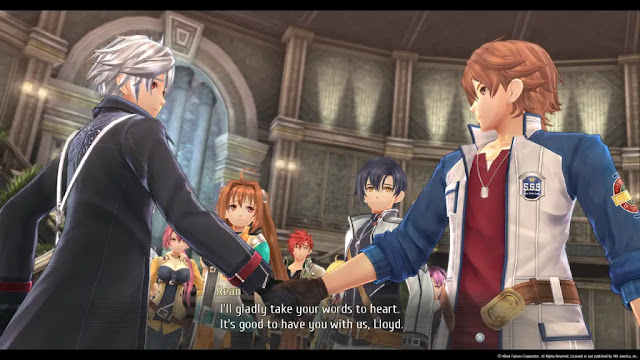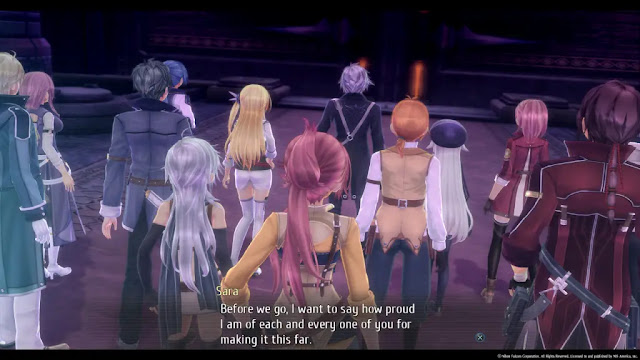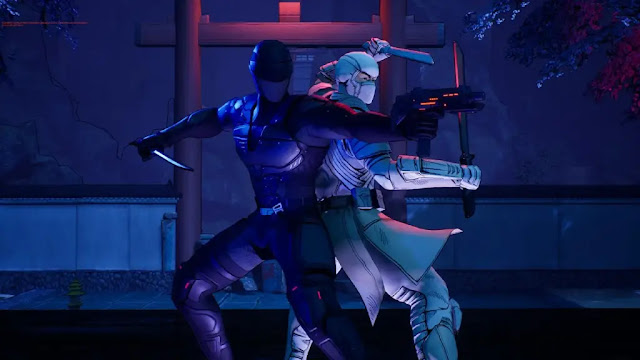Estimated reading time: 6 minutes
Pumpkin Jack is a Halloween inspired 3D platformer that amuses its players with hilarity and simplicity. This is no Spelunky in difficulty so don't expect it to be a rough experience. It also has a unique feature that I enjoyed, so let's jump into it!
Gameplay
At the beginning of the game we learn that the Devil is bored with peace and happiness, so he unleashes a curse on the lands. But the humans find a wizard to thwart the devils' plans. Jack is sent by the devil to get rid of the wizard. In the meantime, we get to cause all types of mayhem by destroying crates and corn husks which also drops healing orbs. In some cases, lanterns will cause a fire that we are not immune to!
We have a special ability that is similar to a magic missile from Dungeons & Dragons. It is useful for bringing down drawbridges and hitting ranged creatures. But the primary weapons are a shovel, a sword, and a scythe!
Players are introduced to characters that make me appreciate the writers of Pumpkin Jack. When you meet one of them, he says to you, "I'm a salesman." Jack retorts, "Well now I just want to kill you anyway." This interaction had me in hysterics because - well - evil!
There are many other brilliant moments throughout the game that contribute to its overall charm. After every death, the game keeps a counter! Twitch streamers can rejoice knowing that they don't have to set up a manual counter. *cackles*
Another unique feature of Pumpkin Jack is the ability to take off your head to participate in a couple of mini-games. I'm not even joking! The pumpkin head has plantlike legs to move around and it's hilarious. It adds a different element to the platforming genre and I can't tell you how entertaining it is. I loved every minute of this. Besides, how could you not love this head? (See below.)
Collectibles
There are two types of collectibles in the game.
Crow Skulls which are used to purchase 'skins'. I put that in quotes is that when players get skins, they are buying literal skins. Talk about keeping a creepy aesthetic!
Gramophones which shows a fun cutscene of Jack dancing! Considering the idea behind this game, it fits and I'm here for it. Trust me, this is worth playing!
Other Points
If there is anything to criticize about Pumpkin Jack, it's that water is continuously seen as bad in video games - especially in platformers - and I'm tired of it. Honestly. Water is not a bad thing and I rarely see them not being pools of death! But the real issue with it is that there were multiple times when I fell off a platform that landed me UNDER the water. Yet for some reason, I was still alive? I then jumped out of it so that I could continue the level but instead, I died because of the surface. Huh? This occurred a couple of times and I think that it needs to be fixed.
Graphics and UI
I have to say that part of the appeal of Pumpkin Jack is graphical aesthetics. I do enjoy the art style of the game which includes the hand-drawn pictures, level design, and atmospheric additions. The cornstalks and the cauldrons are nice touches. I also loved the evil wizard, a conniving witch, and a mummy wrapped skeleton as characters.
That said, I was elated when I discovered a few options included in Pumpkin Jack. For one thing, it has camera sensitivity options that help players like me who are finicky about such things.
Another element that I'm thankful for is the ability to choose which type of gamepad you are playing with! It is very uncommon to find a controller focused game that displays either the PlayStation buttons OR the Xbox buttons without defaulting to one type. As a person that grew up with computers, not consoles, I appreciate this feature.
In terms of the user experience, I found Pumpkin Jack to be quite well optimized. The camera was quite smooth and I didn't find any places where there were graphics glitches, which is good. There didn't appear to be any places to sneak off the map area either, which is a rarity.
Audio and Music
The music in Pumpkin Jack is something I want to focus on because I adore the compositions. During different sections like the horse racing or the trips on railway tracks, the music featured was a neat blend of synthesized sounds and classical music.
The official soundtrack was composed by Yohan Jager who lives in Montreal, Quebec. He combined the distinct sounds of church bells, synthesized drums, and deep tones in a few of the compositions to achieve the evil vibe of the game. In other pieces, he uses something that sounds like a dogs' squeaky toy. And if that doesn't explain it well, I don't know what does.
However, what I love about the music he created is that keen listeners can hear its classical influences. Notable inspirations are the William Tell Overture by Gioachino Rossini and Flight of the Bumblebee by Nikolai Rimsky-Korsakov. Listen to the creepy version of Willian Tell Overture here:
Check out Yohan Jagers Social Media here:
Website: https://www.yohanjager.com
Twitter: https://twitter.com/edgarlerouge
Spotify: https://open.spotify.com/album/60vevdDdMEBmpeONqaWBLs
Soundcloud: https://soundcloud.com/edgarlerouge
Apple Music: https://music.apple.com/ca/album/pumpkin-jack-original-game-soundtrack/1535200378?l=fr
Pumpkin Jack Thought
Pumpkin Jack is a fantastic experience for a few hours of gameplay. It's witty and caused me to laugh at multiple points. The game has brilliantly composed music and excellent audio quality. Its graphics are spectacular considering the game was developed by one person. This is especially important because I did not find any graphics glitches or ways to cheat my way into places.
No game is truly perfect, as is the case with Pumpkin Jack. At one point, I was platforming away and ended up missing a jump. I fell into the water and it didn't kill me. Imagine my surprise when I tried to hop up, to instantly die. This might have been a glitch but there were a couple of points where this happened during my playthrough.
 |
 |
Summary
Overall, Pumpkin Jack is a hilarious platforming experience that had me smiling from ear to ear. It absorbed a few hours of time and I loved taking my head off for a bit (literally). This is a game that will amuse fans of the genre. As such, I give Pumpkin Jack a 9 out of 10!
Score: 9 / 10






















































